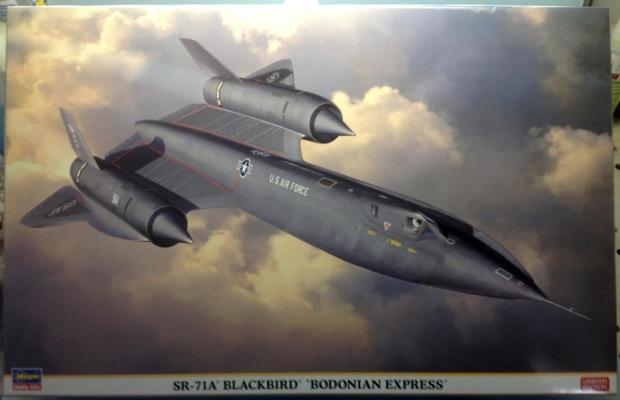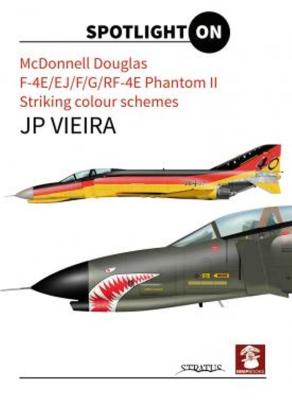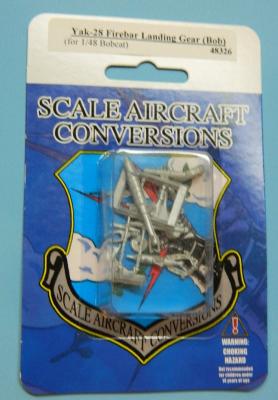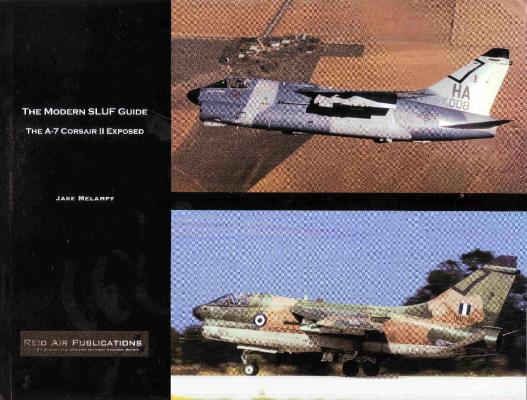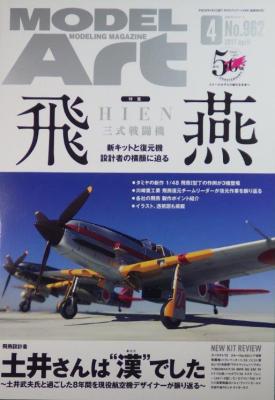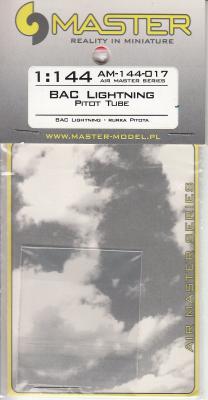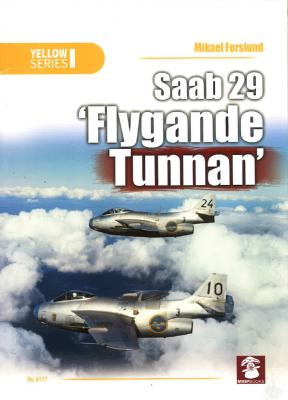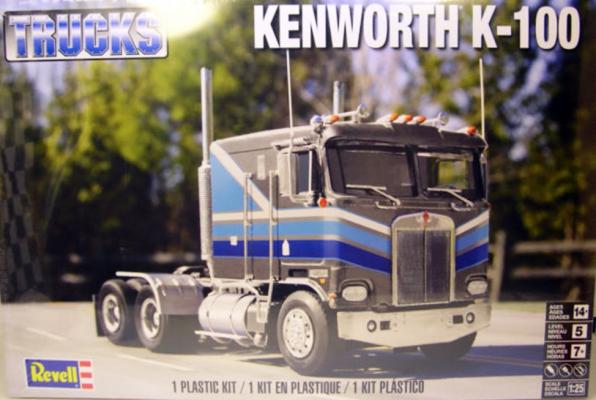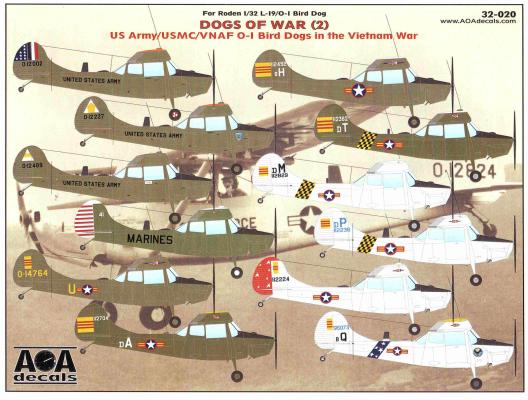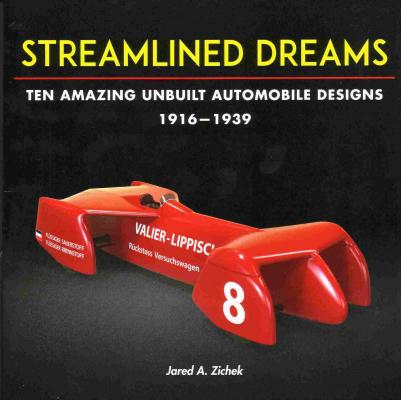This kit is a special edition, re-release of the SR-71A Blackbird. This kit has markings for aircraft 17964, "Bododian Express", a SR-71A from the USAF 9th SRW Det.4 at Mildenhall Air Base England in 1981. This particular aircraft had to make a landing at the emergency recovery base for European flights, Bodo, Norway in 1981. I found the full story of the emergency at the following website - http://www.wvi.com/~sr71webmaster/bodo.html
What's New
This is a thin book with only 44 pages, but they are very high quality, and full of profile pictures of many striking color schemes used on various air force Phantoms.
The detailed color profiles are a joy to look at and present very unusual F-4E Phantom II camouflage and markings for 15 different aircraft.
I found this book fascinating and will be building at least five of the featured aircraft. This will be a fantastic reference for me to use.
I recommend this book to everyone who likes and or builds Phantom’s
Thanks go to MMP Books for providing this book to review and IPMS USA for allowing me to review it.
Thanks to Ross at SAC for sending us improved metal landing gear for the new YAK-28 Firebar from a new manufacturer, Bobcat models, and thanks also to IPMS USA leadership for sending the SAC bits to me to review.
Another of SAC’s expansive line of white metal upgrades to basic kit plastic! The set consists of 15 parts: front and rear main gear, and replacements for the wing tip gear.
For those of you who love aircraft and their details, Reid Air Publications is the gold standard for reference. This series of books is a glorious full color run through some of the greatest planes in the US armory. The latest book reviewed here covers the A-7 II Corsair, commonly called the SLUF (short little ugly fella or some derivative!). This is an in-depth photo journal of the plane from top to bottom and front to back. It covers variants including A-7 D-H, TA-7C, TA-7H, A-7K as well as all the needed under wing ordnance. Looking at the general chapter headings will give you a good start to the depth this book has:
Model Art Modeling Magazine is a monthly periodical from Japan providing an abundance of modeling subjects in each issue. It doesn’t matter what your modeling focus is, each issue will provide something of interest for you, and more than likely, you’ll find something interesting that you didn’t know you would.
The magazine is published in Japanese, but even if you can’t read Japanese, the photography is fantastic and the old saying “a picture says 1,000 words” is very true. Each issue includes enough “work in progress” photos for even a layman to be able to follow along. The photos of the builds highlight many of the tools, materials, and techniques used by the master builders for each model built. Although I’m sure something is lost in translation, the photos go a long way in explaining the builds visually. Honestly, sometimes I find myself spending as much time looking at the many advertisements as much as I do the work in progress photos.
Here’s another of those handy little add-ons to save a model from the “shelf of not quite right models”. In this case, it’s a replacement for that pitot tube which got broken off (or was never there) on a current project or a long-finished model.
In this case, I asked for the Master Model pitot for my Revell Lightning F.6, which I finished a few years ago. When I looked on the shelf, I found it didn’t have a pitot tube.
Master’s instruction says to take the pitot assembly and remove the plastic pitot tube from the mount. Well, the mount was gone too, since it’s all one part on the Revell kit. So I scratch built a new mount. This is not a huge project. It’s very, very tiny, in fact. I started out by stretching a piece of sprue. As the stretch cooled, I bent one end to get a sort of L shape, only not a sharp angle. Almost a j.
Mikael Forslund was born on June 7, 1960 and currently lives in Falun, Sweden. He has worked as a press photographer since 1978 both as a freelancer and as a staff photographer and currently uses Nikon cameras. He has authored over twenty-one books with his latest book on Saab 29 ‘Flygande Tunnan’ that achieved its first flight on September 1, 1948.
This review covers the re-release of the Kenworth K-100 by Revel in 1:25 scale. There are 284 parts molded in White, Chrome, and Clear, with Vinyl tires, and waterslide decals. Fit and finish on this kit is very good for its age. Incidentally, this is the truck style used for Optimus Prime in the original cartoon version of Transformers. The good news: this is a well designed kit. The bad news: I don’t see a current release date so they may be hard to find.
Construction and Detailing
This 2017 re-release #85-2513 has seen several box arts and versions (including the aerodyne’s) over the years. It needs glue and paint, so it would be recommended for advanced modelers due to the high piece count. On the other hand, it doesn’t have the usual poor cab fit issue. In fact, it assembles very well. The build is done in modules and is fairly simple with the full frame being assembled, then the motor and interior.
AOA Decals specializes in Navy and Marine Corps subjects from the Vietnam era. They have branched out slightly with the first sheet for Roden’s lovely O-1 Bird Dog by adding Army/ USAF planes. Part 2 continues and goes back to the USMC and adds markings in for additional Army and VNAF planes also. Let’s take a dive into Part 2.
Part 2 of the 1/32nd Bird Dog coverage includes thirteen marking options for various O-1 A/G/E Bird Dogs from the Vietnam War:
Illustrator and automotive enthusiast Jarek Zichek has gone digging deeply into the history of automobiles. Instead of ones that actually were built, he focused on concept streamlined automobiles. While not a complete survey of every car made, Mr. Zichek narrowed his focus to pre-WWII and to cars which had at least a fragmentary plan view. The majority of the 3D models generated are based on patent drawings and there are inconsistencies throughout some of the drawings so research and interpretation had to fill in some of the missing gaps.
The main body of the book consists of eight cars with reviews of the drawings that were used to generate the 3D models. Each car has multiple views as well as dimensions of the cars. Different color schemes are included especially if the car was designed for racing. The cars investigated and rendered are the following:

